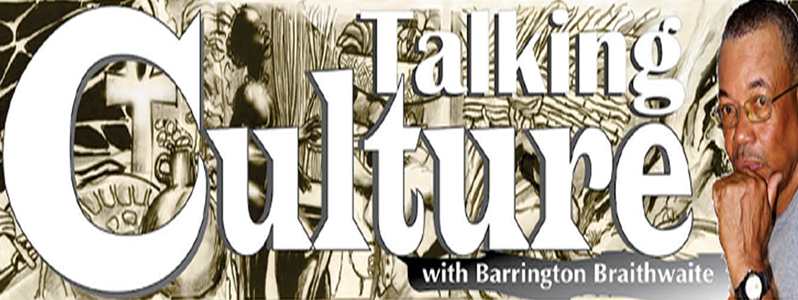Mashramani unfolded in 1970 with our Republic status, its cultural twin expressed itself In celebration of the first major Slave Revolution on the wild coast, the Berbice event of 1763, that preceded Washington, Toussaint and Bolivar, and the Amerindian name of Mashramani from the Arawak word- masaramani, that embodied work done cooperatively.
Its expression was thrown out as a challenge to the top costume designers at home and abroad to develop ‘Theme Costume Bands and Floats that would necessarily showcase in-house Industry, the local flora, fauna, culture and history. Accompanying all this would be the music of the steel bands, Silvertones, Guyba-Invaders, Chronicle Atlantic Symphony were among the top of the 70s food chain. Coming respectively from Leopold Street, Charlotte Street and Campbleville; these steel bands were a profound element of initial MASH life, the steel bands were the summoning of the tough young of communities, male and female.
The around the town tramp would commence after the bands had entered the National Park accompanying their designated floats before the Judges, and circling the park in an expression of Float and Costume display and the enthrallment of rhythm and melody from the symphonies of Pan music. The ‘Tramp’ would follow, beginning as the band emerged out of the National Park, in 1974, the bridge from the park to the Thomas Lands road shook under the movement of the tramp.

Was it Invaders? Was it Silvertones? The music was to memory, Sparrow’s 1973 hit-“ Same time, same place” etc…. the rhythm of the ‘TRAMP’ was with the discipline of a phalanx, chanting “Inside, Outside” each band was organised and had its own route around Georgetown, accompanied by hundreds of trampers. This however did not last because some street hustlers travelled along with the band outside of the tramp and ordered wine and other drinks and ran out of shops without paying, so by 1977 the street tramp was cut back and revellers censored.
Flag raising night at the National Park was programmed with a dramatic rendition of the 1763 revolution and other cultural skits about the significance of Mashramani. Calypsos and items revolving around the mood to entertain an almost full National park (the COVID era must be viewed as an extreme exception). Flag-raising was always constructed with a cultural itinerary that always left the park audience fulfilled and satisfied.
Steel Band emerged in Trinidad as a tough competitive Cultural Industry, to quote our own Cy Grant “According to legend, one of the first steel band clashes took place after the ping pong belonging to ‘Fish Eye’ of hell yard in Gonzalez (later to become the Trinidad all-stars) was presumed stolen by members of Tokyo from John John behind the bridge, when, accompanied by some of his friends, he went to retrieve his pan, serious fighting followed. On another occasion, the famous ‘Barracuda ‘ pan of Ellie Mannette of INVADERS was seized by Tokyo and put on display as a war trophy. Outbreaks of violence took place frequently, sometimes leading to riots, as in Belmont in 1948. –see ‘Cy Grant’s ‘RING OF STEEL Pan sound and symbol’.
The essential essence of Mash was always intended to differ in many ways from the Trinidadian Carnival in design and content, though similar in its mood of revelry. Each Caribbean and Latin American Carnival or named festival of this kind differs from country to country using content from their own experience, though all can be recognised as emerging from the common prototype. The Guyanese expression was intended to capture in content ‘Themes of imagery from our National Story, mainly’ but other creative themes were also accepted and applauded.
However, without knowledgeable cultural management having hands-on participation coupled with slim national budgets from the late 80’s onward, the original concept deteriorated to Mash becoming rather a national duty that was expressed and supplemented by any borrowed and ambiguous festive imagery –period. One of the last major admirable float parades was a tribute to our bird-kind by a young female designer, then there was a float developed around ‘Helen of Troy’ that is also memorable.
Talking to designers, many of them were constrained within budgets that could not afford intricate and complex designs, having to import crucial costume textiles and accessories. The sensible thing to do, which I have written about before is to create a storage facility for certain high-end costumes and floats rather than just leave them to collapse in front of ministries and organisations that sponsor them, it is well possible that some floats can be rented for other events and morphed into other required images for other dramatic and creative purposes.
Over the past few years I did miss paying attention to costume and float design for one reason or the other, and no doubt there may have been commendable designs, so my observations were made on those I saw up to around 2013-15.




.png)









